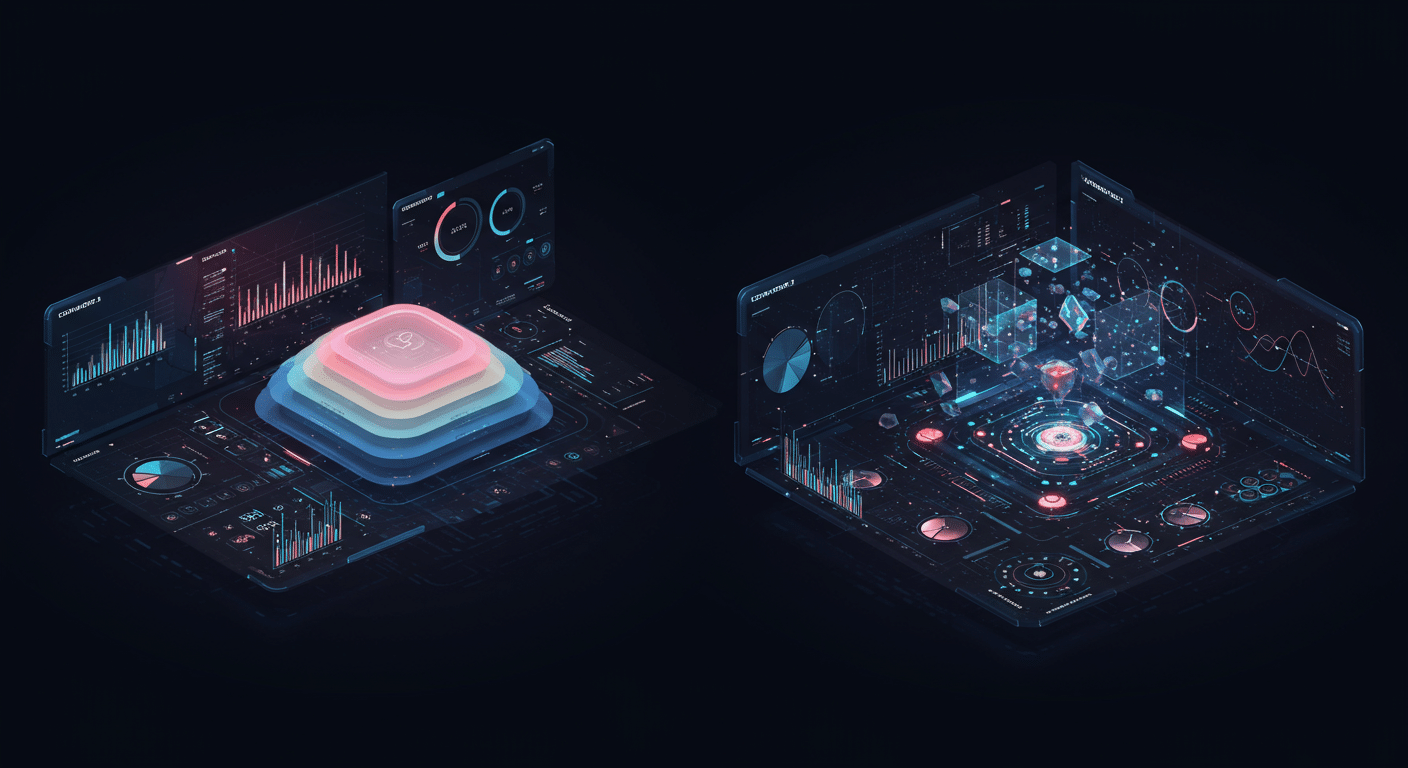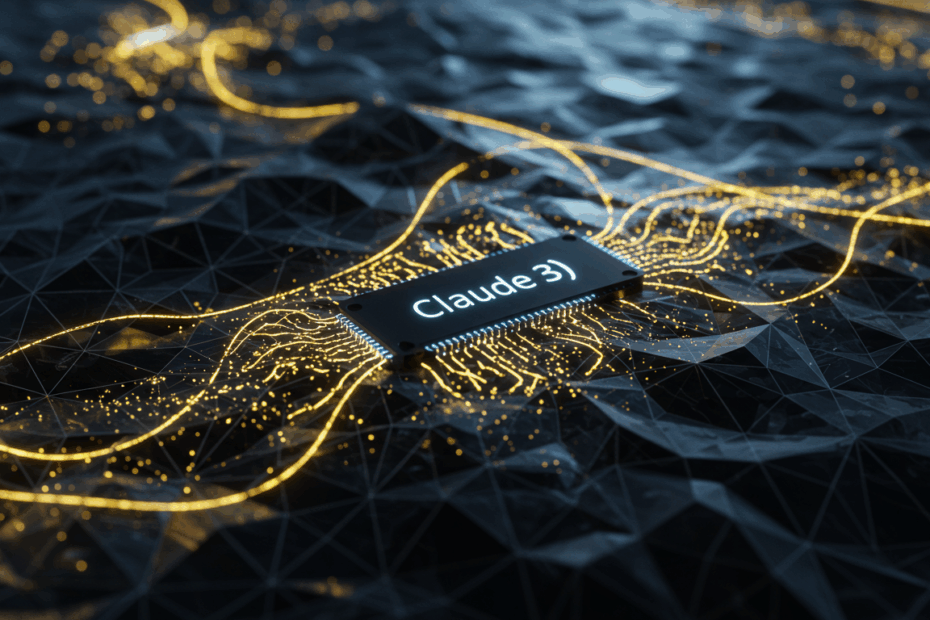1. Basic Info

John: Let’s start with the basics of Claude 3 from Anthropic. In the present, as we’re seeing from official posts on X by Anthropic, Claude 3 is a family of advanced AI models designed to assist with a wide range of tasks, from reasoning to coding. It solves the problem of needing reliable, ethical AI that can handle complex queries without hallucinations or biases that plague earlier systems. What makes it unique is its focus on safety and interpretability, like a trustworthy advisor who double-checks facts before speaking.
Lila: That sounds fascinating, John. Could you give a beginner-friendly analogy? Like, if ChatGPT is a speedy sports car that’s fun but sometimes veers off track, is Claude 3 more like a sturdy SUV built for safe, long journeys? And based on trending X posts from verified users like elvis, it’s outperforming others in benchmarks right now.
John: Exactly, Lila. In the past, AI models often prioritized speed over safety, leading to errors. Currently, Claude 3 stands out with its three variants: Haiku for quick tasks, Sonnet for balanced performance, and Opus for top-tier intelligence, as highlighted in Anthropic’s official X announcements. This uniqueness comes from its constitutional AI approach, ensuring it aligns with human values.
Lila: Oh, I see! So for beginners, it’s like having a smart assistant that not only answers questions but also explains why it’s answering that way. Looking at real-time discussions on X from experts, many are praising its vision capabilities for processing images and diagrams, which solves problems in fields like education and data analysis.
John: Precisely. To make it even simpler, imagine Claude 3 as a librarian who not only finds books but also summarizes them accurately and ethically. This addresses the core issue of AI reliability in everyday use, setting it apart in the current AI landscape.
Lila: Great analogy! And from what I’m seeing in trending posts, users appreciate how it reduces false statements compared to predecessors, making it uniquely dependable.
2. Technical Mechanism

John: Moving to how Claude 3 works technically, let’s break it down simply. At its core, it’s built on neural networks, which are like interconnected brain cells that learn patterns from vast data. In the present, as per Anthropic’s X posts, it uses reinforcement learning from human feedback (RLHF) to refine responses, making them more accurate and safe.
Lila: Neural networks sound complex—can you explain that like a recipe? Data goes in, gets mixed through layers, and out comes a prediction? And what’s RLHF exactly? From X discussions by AI engineers, it seems key to Claude 3’s edge.
John: Good question, Lila. Think of neural networks as a bakery where ingredients (data) are processed through ovens (layers) to bake the final product (output). RLHF is like taste-testing: humans rate the ‘baked goods,’ and the system adjusts to improve. Currently, Claude 3 employs this with added constitutional AI, a set of rules ensuring ethical behavior, as noted in official updates on X.
Lila: Ah, that makes sense! So in the past, AIs might ‘overbake’ and produce wrong info, but Claude 3’s mechanisms prevent that. What about its vision capabilities? Posts from verified users mention it processes visuals like charts via multimodal inputs.
John: Yes, multimodal means handling text, images, and more. It’s like giving the AI eyes to see and interpret visuals alongside words. This is powered by advanced transformers, which are algorithms that weigh important parts of data, enhancing its problem-solving in real-time scenarios.
Lila: Cool! And looking ahead, could these mechanisms evolve to include even more senses, like audio? But sticking to now, X trends show it’s excels in math and coding due to precise token prediction in its architecture.
John: Absolutely, token prediction is like guessing the next word in a sentence, but scaled up. This foundational tech makes Claude 3 uniquely capable and safe.
3. Development Timeline
John: Let’s trace the development timeline of Claude 3. In the past, Anthropic released earlier versions like Claude 2, which faced criticism for being too cautious, as discussed in X posts from users reflecting on its ethical alignments.
Lila: So, what happened next? Did they build on that feedback?
John: Yes, leading to Claude 3’s release on March 4, 2024, as announced by Anthropic on X. Currently, it’s setting benchmarks in reasoning and vision, with the family including Opus, Sonnet, and Haiku, praised in real-time posts for outperforming predecessors.
Lila: That’s impressive! Looking ahead, are there hints of updates? X discussions from experts suggest ongoing integrations like with tools for better functionality.
John: In the past, the focus was on safety; now, it’s on expanding capabilities. Future-wise, posts indicate potential for memory features and more agentic behaviors, building on current strengths.
Lila: Exciting! So the timeline shows a progression from cautious AI to a robust, versatile tool.
4. Team & Community
John: The team behind Claude 3 at Anthropic includes experts from OpenAI and Google, focused on safe AI. Currently, community discussions on X from verified accounts like Anthropic highlight collaborative efforts.
Lila: What are some reactions? Are developers excited?
John: Yes, posts from AI figures praise its benchmarks. In the present, the community is active, sharing use cases and feedback, fostering a supportive environment.
Lila: In the past, was there skepticism? Now, it seems positive based on trending X sentiments.
John: Indeed, past criticisms on ethics have evolved into current acclaim for balance. Looking ahead, community input will shape updates.
Lila: The team’s background in ethical AI really shines through in these discussions.
5. Use-Cases & Future Outlook

John: For use-cases, currently, Claude 3 is used in education for summarizing texts and in coding for debugging, as shared in X posts by developers.
Lila: Real-world examples? Like in business?
John: Yes, for data analysis and content creation. Looking ahead, experts on X anticipate uses in healthcare for diagnostics and autonomous agents.
Lila: In the past, AIs were limited; now, Claude 3’s vision enables graph interpretation. Future outlook seems bright for personalized learning.
John: Precisely, with integrations like Notion, as per recent X trends, expanding its utility.
Lila: Can’t wait to see those future applications unfold!
6. Competitor Comparison
- Compare with at least 2 similar tools
- Explain in dialogue why Claude 3 (Anthropic) is different
John: Comparing to competitors like GPT-4 from OpenAI and Gemini from Google, Claude 3 differs in its ethical focus. Currently, X posts note it’s less prone to falsehoods.
Lila: How does it stack up in speed?
John: Haiku is faster than some, but Opus excels in depth. It’s unique in constitutional AI, unlike GPT-4’s broader but riskier approach.
Lila: So, while Gemini handles multimodality well, Claude 3’s safety makes it stand out, per expert discussions on X.
John: Yes, that’s the key differentiator in the present landscape.
7. Risks & Cautions
John: Despite strengths, risks include potential biases in training data, as cautioned in X posts from AI ethics experts.
Lila: What about security? Could it be misused?
John: Yes, like generating misleading info if prompted cleverly. Currently, its alignments mitigate this, but ethical questions remain on over-alignment reducing usability.
Lila: In the past, similar AIs had hallucination issues; now, Claude 3 improves, but users should verify outputs.
John: Looking ahead, ongoing testing addresses these, but caution is advised.
Lila: Important to balance innovation with safety.
8. Expert Opinions
John: From credible X posts, one AI expert paraphrased that Claude 3’s Opus model outperforms GPT-4 in benchmarks like MMLU, highlighting its reasoning strength.
Lila: Another?
John: Yes, an official account noted its vision capabilities for processing diagrams, setting new standards in multimodal AI.
Lila: Those insights from verified sources really validate its potential.
9. Latest News & Roadmap
John: Latest news from X trends includes updates on integrations with tools like Linear for project tracking, announced recently.
Lila: What’s on the roadmap?
John: Currently testing memory features and AI artifacts for no-code apps, with future plans for enhanced reasoning models.
Lila: Exciting developments based on real-time posts!
10. FAQ
What is Claude 3?
John: Claude 3 is Anthropic’s AI model family for tasks like reasoning and vision.
Lila: It’s like a helpful assistant with built-in ethics.
How does it differ from Claude 2?
John: It improves accuracy and reduces refusals on benign queries.
Lila: Based on X feedback, it’s more usable now.
Is Claude 3 free to use?
John: It has free tiers, but premium for advanced features.
Lila: Check the official site for details.
What are its vision capabilities?
John: It processes images, charts, and diagrams effectively.
Lila: Great for visual data analysis.
Can it code?
John: Yes, excels in coding benchmarks.
Lila: Developers love it for debugging.
Is it safe?
John: Designed with constitutional AI for ethics.
Lila: But always verify responses.
How do I get started?
John: Visit Anthropic’s site and sign up.
Lila: Experiment with simple queries first.
11. Related Links
- Official website (if any)
- GitHub or papers
- Recommended tools
Final Thoughts
John: Looking at what we’ve explored today, Claude 3 (Anthropic) clearly stands out in the current AI landscape. Its ongoing development and real-world use cases show it’s already making a difference.
Lila: Totally agree! I loved how much I learned just by diving into what people are saying about it now. I can’t wait to see where it goes next!
Disclaimer: This article is for informational purposes only. Please do your own research (DYOR) before making any decisions.
